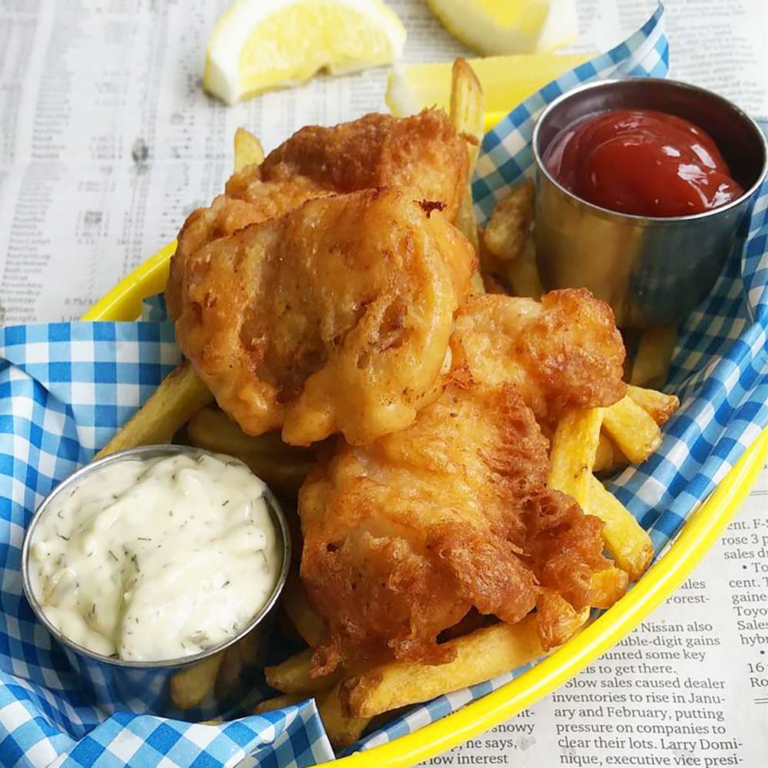Everything You Need to Know About Purple Cauliflower
Yes, the color is completely natural.
If you have been in a produce section of a grocery store of late, or wandering the farmers’ markets, you may have spied a vegetable that stopped you in your tracks. Because when you are used to the snowy creamy whiteness of cauliflower, seeing one in vibrant purple is something of a shock.
But never fear — while the color may seem a bit fake and Barney-esque, it is not a dye; it is totally natural, and purple cauliflower is delicious. If you spot it during your shopping and are tempted, here is how to handle this wonderful and colorful addition to best add razzle-dazzle to your cooking.
Why Is It Purple?
Don’t worry. Purple cauliflower is not dyed. Its signature color comes from the same antioxidant found in red cabbage and red wine: anthocyanin. Sun exposure further exaggerates its effect on the cauliflower, resulting in bright purple heads.
Traditionally, cauliflower has been bred so that the head would grow without any of the natural pigments. But due to recent interest in colorful varieties, it’s not uncommon to find purple, green, and even orange cauliflower.
See Also Other Post:
Why Choose Purple Cauliflower?
Because color is exciting when making food! For this wonderful intense color, you can focus on contrast: purple cauliflower in a salad that is mostly green really pops, same as a side dish on a plate with mostly brown or pale foods like chicken or fish or pork.
But an even more interesting approach is to embrace a monochrome palette, and pair it with other purple ingredients like radicchio, purple cabbage, Japanese eggplant, beets, purple potatoes, purple carrots, purple asparagus, and the like. You can make a beautiful composed salad with several of these ingredients, or a platter of grilled purple vegetables.
Even so-called black rice looks deep purple when cooked, so it can be a great pairing in a dish as well. And since purple cauliflower has some natural sweetness, don’t hesitate to garnish it with purple fruits that have some acidity, like blackberries, mulberries, or plums.
How to Buy Purple Cauliflower
As with any cauliflower, choosing a good purple cauliflower isn’t hard. You want to look for a head where the florets are tightly closed, without blemishes or brown spotting.
The color should be pretty even and bright. The head should feel heavy for its size, and firm, without any looseness or floppiness to the florets.
Now smell it. It should smell fresh and grassy and a tiny bit bitter, but not funky or sulfuric. The leaves that are attached should be fairly firm and not wilted.
:max_bytes(150000):strip_icc():format(webp)/Purple-Cauliflower-Andy-Lyons-2000-47e9883e55334ff09d2f18fc7b75eda4.jpg)
How to Prep Purple Cauliflower
Depending on how you intend to use the cauliflower, from steaks to florets to riced, you will want to clean it first.
The best way I have found is to snap off the leaves, slice the bottom half inch off of the stem, and soak the whole head in a large bowl of very cold water, swishing it around now and then, for about half an hour. This will both wash off any debris and refresh the head. Then shake it off and pat it dry. Then you can continue with the prep for your recipe.
How to Store Purple Cauliflower
Don’t clean or prep the head of the cauliflower until you are ready to use it. Simply wrap it in a damp paper towel or clean lint-free tea towel, and put it into a zip-top bag, seal the bag and poke a few holes in it with a fork or small knife to allow the head to breathe.
Then store in the crisper drawer in your fridge until you are ready to cook. A whole head of cauliflower should last between two to four weeks when properly stored. Be sure to change the damp paper towel or tea towel every three to four days. Cut florets will last four to seven days, and rice should be used as soon as possible, within two days max.
How to Use Purple Cauliflower
Purple cauliflower is interchangeable with white cauliflower in taste and texture, so any recipe you have that calls for cauliflower can be swapped with no adverse effects. But obviously you eat with your eyes first, so think about applications where the color works to your dish’s advantage.
In raw applications like florets on a crudité platter or chopped or riced for salads, the color will really shine. Same for pickling. It will get somewhat muted in cooking if boiled or cooked past crisp-tender, so you won’t get an intense violet mash, for example. But the color can be very appealing to kids, so if you have little ones who don’t traditionally love their veggies, purple cauliflower can be a fun way to get them excited about vegetables.
Related:
- Mistakes You’re Making When Cooking Cauliflower
- How to Slice Cauliflower Steaks for Oven-Roasting
- Browse our entire collection of Cauliflower Recipes.
Was this page helpful?






